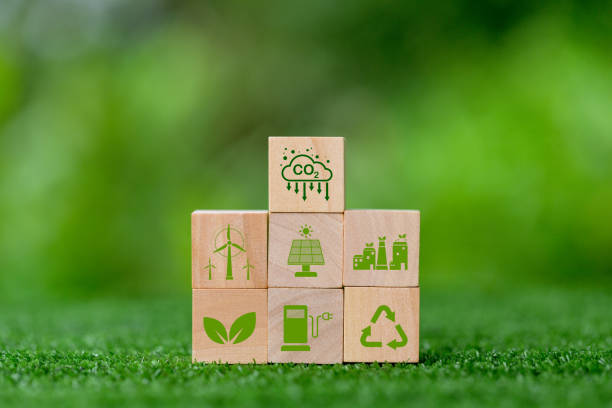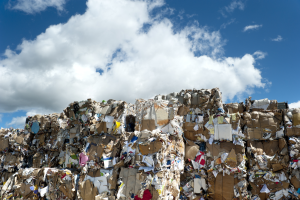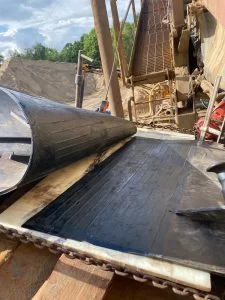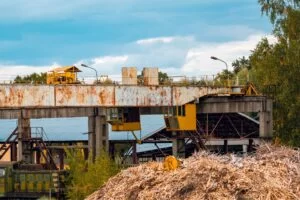The government has recently outlined its new biomass strategy for 2023 as part of its 2050 net zero strategy. A biomass policy statement was first released in 2021, and the revised strategy will set out the ways in which biomass use can be scaled up to become a key part of the so-called ‘green economy.’
What is biomass?
Biomass is a renewable energy resource that can be generated from burning organic matter such as wood, plants, manure, as well as household waste. It releases some carbon dioxide when it is burned, but far less than fossil fuels such as coal and oil. It is generally cheaper than other fuels, and is sustainable.
Biomass is the second largest source of renewable energy in the UK, generating about 11% of the total electricity supply in 2022. The demand for biomass is expected to increase substantially over the next few decades as the economy seeks to decarbonise, and therefore the government is putting plans in place to boost domestic production.
What Are The Barriers To The Increased Production Of Biomass in the UK?
The government has said that accurately estimating future demand is complicated, due to natural fluctuations of supply and demand. Scaling up domestic biomass production without compromising food security is also a key priority.
The government has recently announced that it will be putting £36m into two projects as part of the Biomass Feedstocks Innovation Programme, which will fund innovative ideas that address the barriers to increased domestic production.
In a statement, the government said: “We will continue to monitor the levels of biomass supply to ensure the UK can secure the necessary supply for increasing biomass use across the economy and we will consider interventions to remove barriers to increasing biomass supply if necessary,” said the government.”
Professor Paul Monks, Department of Energy Security and Net Zero Chief Scientific Advisor, added: “Meeting the Net Zero target will require a combination of strategies, including reducing demand, improving efficiency and implementing low carbon solutions.”
“Biomass is not a silver bullet and neither is carbon capture. We will rely on a range of solutions to achieve Net Zero.”
He continued: “The evidence suggests that we should prepare for a transition to a world where we deploy more carbon capture technologies. Through biomass, we can achieve both low carbon energy sources and some of the negative emissions necessary to reach Net Zero.”
In the medium term through to 2035, the government intends to support the use of biomass in the power generation, heating, and transport sectors alongside an emphasis on carbon capture and storage technologies.
The Carbon Capture and Storage Association (CCSA) welcomed the new focus as set out in the Biomass Strategy.
CEO Ruth Herbert said: “[The] publication of a Biomass Strategy for the UK is good news. Capturing carbon produced from burning biomass is an important part of the carbon removal toolkit to remove greenhouse gases from our environment, particularly for hard-to-decarbonise sectors like agriculture and aviation.”
Other leaders in the renewable energy sector have commented that the plans do not go far enough and more urgent action needs to be taken.
If you are looking for industrial conveyor belt cleaners, please get in touch with us today.





